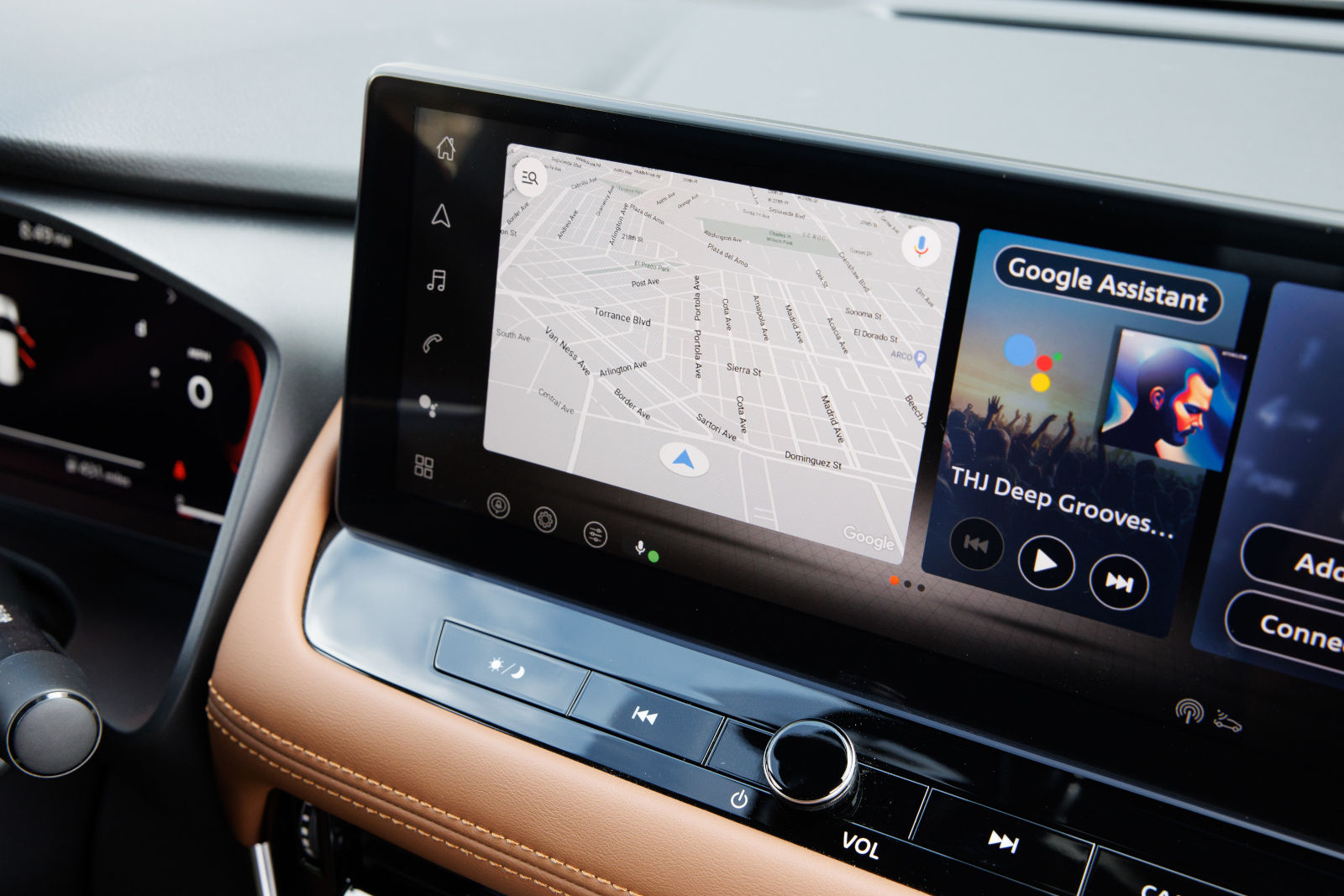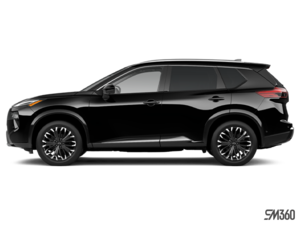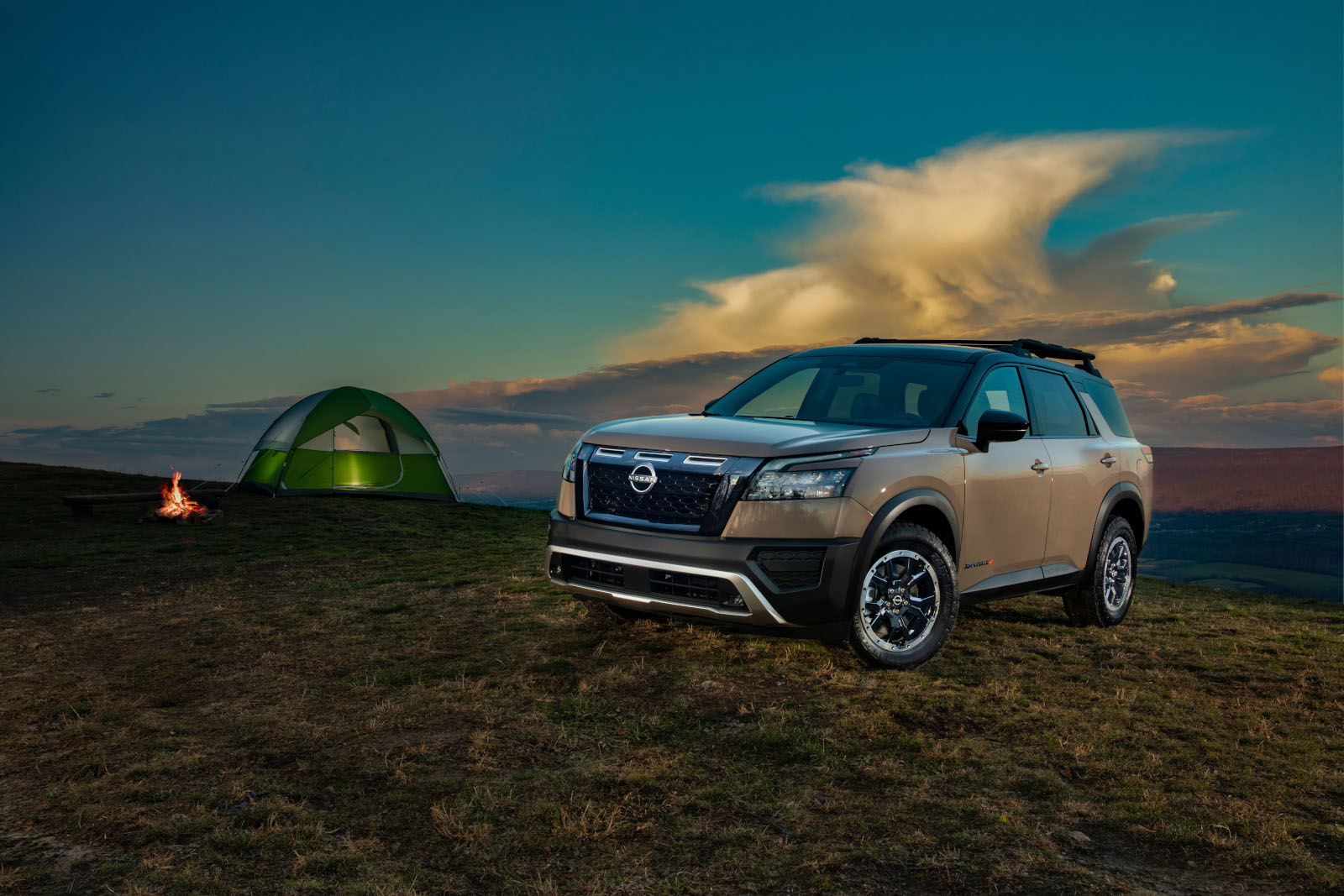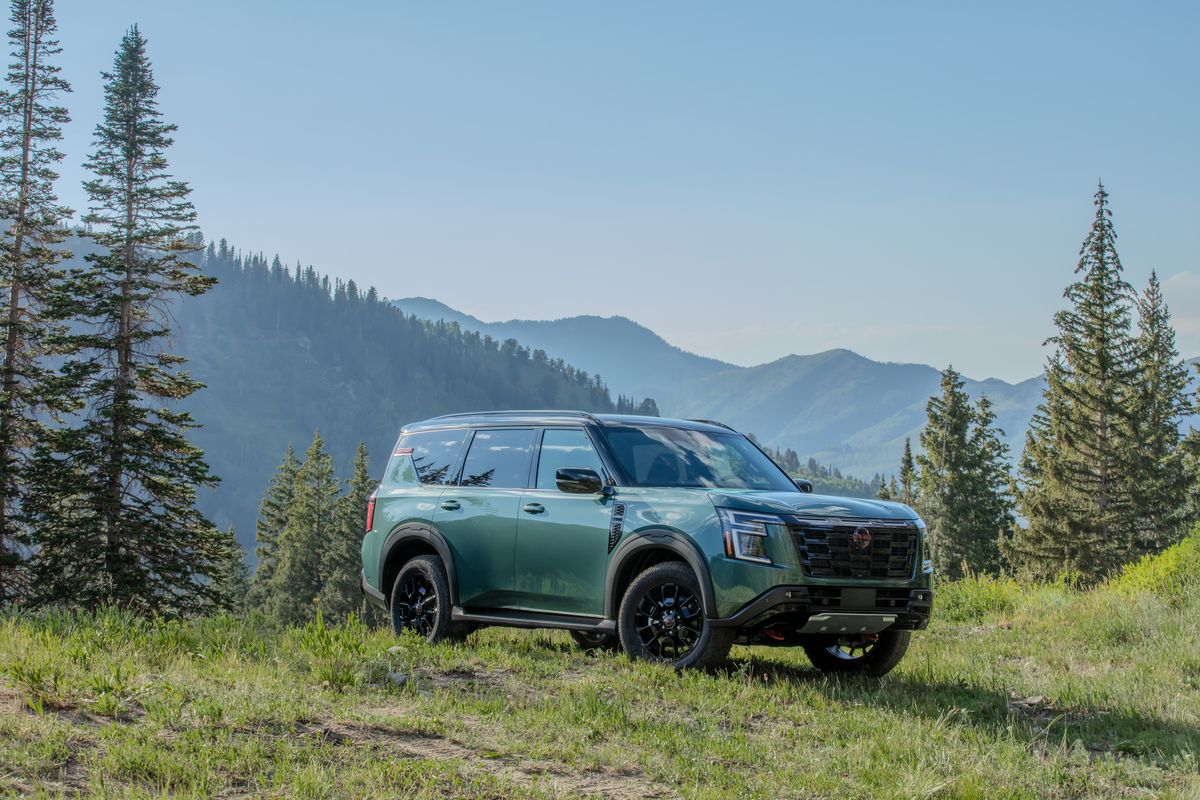Introducing Google Built-In with the 2024 Nissan Rogue: A Leap in Vehicle Connectivity
February 16 2024,

The Nissan Rogue is gearing up to redefine connectivity in its 2024 model by incorporating Google Built-In, a first among Nissan vehicles. This feature promises a leap towards a more connected and entertaining driving experience by providing direct dashboard access to Google's extensive app suite, eliminating the need for smartphone pairing.
Exploring Google Built-In
Google Built-In stands as a robust infotainment ecosystem, embedding Google's wide-ranging applications within the car's dashboard. This inclusion means drivers can enjoy Google Maps, Google Play, and other services seamlessly, without the hassle of connecting a smartphone. It leverages the driver's Google Account for a personalized experience, accessing preferred routes and destinations with ease. Additionally, voice command functionality enriches the experience, allowing for effortless control over navigation, communication, and entertainment, ensuring a focus on driving.
2024 Rogue: What’s New?
The 2024 refresh of the Nissan Rogue introduces Google Built-In in its SL and Platinum versions, alongside a significant aesthetic and technological revamp. It showcases a 12.3-inch HD color touchscreen that displays the new infotainment system, reimagined front and rear designs, and an updated take on Nissan's signature V-motion grille. The interior sees enhancements in colors and materials, adding to the vehicle's luxury and comfort. The Rogue further upgrades its utility with a wireless charging pad and continues to support comprehensive connectivity, including Apple CarPlay and Android Auto.
Google Built-In’s Role in the Rogue
The integration of Google Built-In into the 2024 Rogue marks a milestone in in-vehicle connectivity and user experience. This feature brings a new level of simplicity and efficiency to using the vehicle's navigation, communication, and entertainment systems directly via the dashboard. For the SL and Platinum trims, this is complemented by additional high-tech amenities such as Amazon Alexa, Hybrid Radio, and the latest SiriusXM platform, offering a rich entertainment experience. With Google Built-In, these advancements ensure the Rogue delivers an engaging, customized, and highly connected driving journey, establishing a new benchmark for technology integration in the crossover category.
Additionally, the Rogue emphasizes safety and efficiency, with Nissan Safety Shield 360 standard across all models, ProPILOT Assist for augmented driving assurance, and a turbo engine that optimizes power and fuel economy. With its modern design, leading-edge technology, and comprehensive safety protocols, the 2024 Rogue positions itself as an appealing choice for drivers seeking a sophisticated, connected, and secure crossover.




